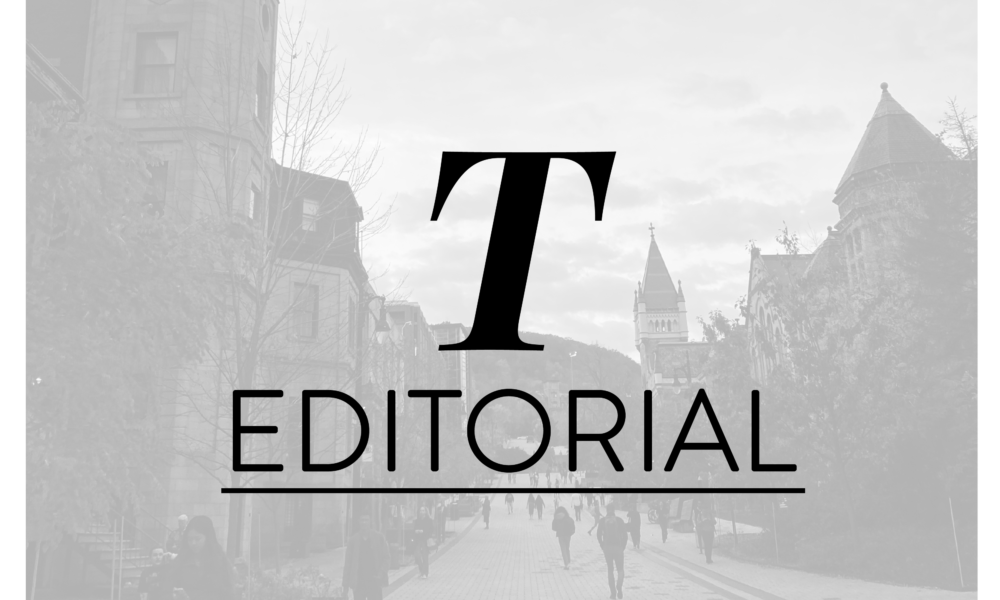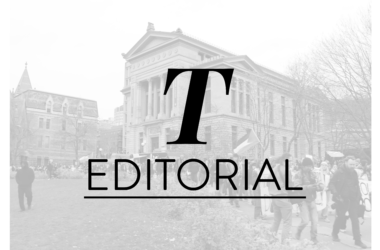On Oct. 24, Prime Minister Justin Trudeau announced a new policy which will significantly cut the number of immigrants Canada admits, as a response to rapid population growth and insufficient resources. This policy will reduce the number of legal immigrants in 2025 from the previously projected 500,000 to just 395,000—a drop of 21 per cent. The policy places additional restrictions on undergraduate and master’s student visas, further jeopardizing the country’s international student population. This new legislation reflects the broader Canadian tendency to render certain immigrant groups scapegoats for governmental failures to properly address the turbulent economy, unaffordable housing, and crime rates.
Since the 1988 Canadian Multiculturalism Act, Canada has prided itself on being a haven of diversity which welcomes and honours cultural, religious, and ethnic differences. However, racism in Canada has steadily increased in the past several years. Racism against the South Asian population—including the largest recent-immigrant demographic, Indians—has risen 143 per cent from 2019 to 2022. Forty-one per cent of Canada’s Black community report having experienced discrimination based on their skin colour—a frequency 15 times higher than non-Indigenous and non-racialized populations. The growing anti-immigration rhetoric, especially in reaction to Canada’s persistent housing crisis, exacerbates this bigotry. Under such circumstances, the Canadian government and large Canadian corporations evade accountability, shoving the onus of a failing housing system onto the backs of those most vulnerable and with the least power to defend themselves.
Because Canadian xenophobic anti-immigration rhetoric is based in racism, it does not apply to white or white-passing immigrants, regardless of the country from which they emigrated, but instead to the “visible immigrant.” In this way, “immigrant” has become a euphemism for people of colour and thus a systemic, legally-enforced mechanism for racism in Canada. In addition to the racist anti-immigrant rhetoric they face, “visible immigrants” simultaneously contend with other forms of racism in the police force, the workplace, and healthcare, to name only a few environments.
The prevalence of anti-immigration sentiment is ironic considering that the term “immigrant” applies to every citizen in Canada who is not part of the Indigenous population. It is a further irony that anti-immigration rhetoric blames immigrants for overtaking the job market or undermining the opportunities of other (“non-immigrant”) Canadians, when much of Canada itself is built on stolen Indigenous lands.
At McGill, international students are a critical part of the campus ecosystem—they make up about 30 per cent of the student population and pay the highest tuition fees of all university attendees. For this reason, the new immigration policy could present a massive cut to McGill’s funding, potentially diluting the quality of its facilities and faculty, and thus reducing its prestige on the global educational stage. While McGill is taking productive steps by suing the Québec government for its tuition hikes and restrictions on international student visas, it still incentivizes European French-speaking students with lower tuition not offered to francophones from other parts of the world.
Perhaps more detrimental, reducing the number of international students at McGill undermines its diversity. One of the best remedies to rising racist rhetoric is exposure—coexisting with students from different countries, with different ethnic identities, and who practice different religions is the best education a school can offer. Denying this campus diversity will homogenize McGill’s student population and thus homogenize its students’ worldviews, working against Canada’s alleged commitment to multiculturalism and against challenging racist and anti-immigrant rhetoric.
The first step in combating the growing xenophobic attitude in Canada is a governmental commitment to strong public services. There must be substantial and holistic attention to social safety nets such as affordable housing, access to transportation, and lower food prices in order to establish a solid foundation to support all those within the country. McGill must continue to fight for its international students while also ensuring fair and equitable admission and outreach, such as equitable incentivization for all francophone students, not just European francophones. However, before all else, Canadian governments, corporations, and individual politicians must accept accountability for the faults of their own policies and institutions without shirking the blame onto its already vulnerable immigrant population.





